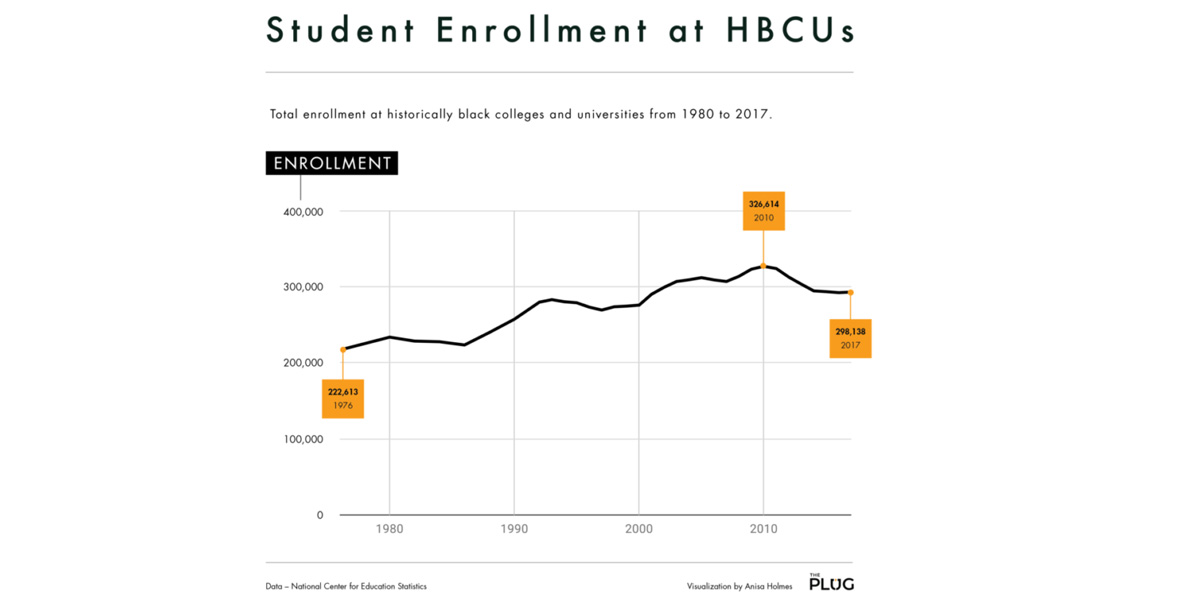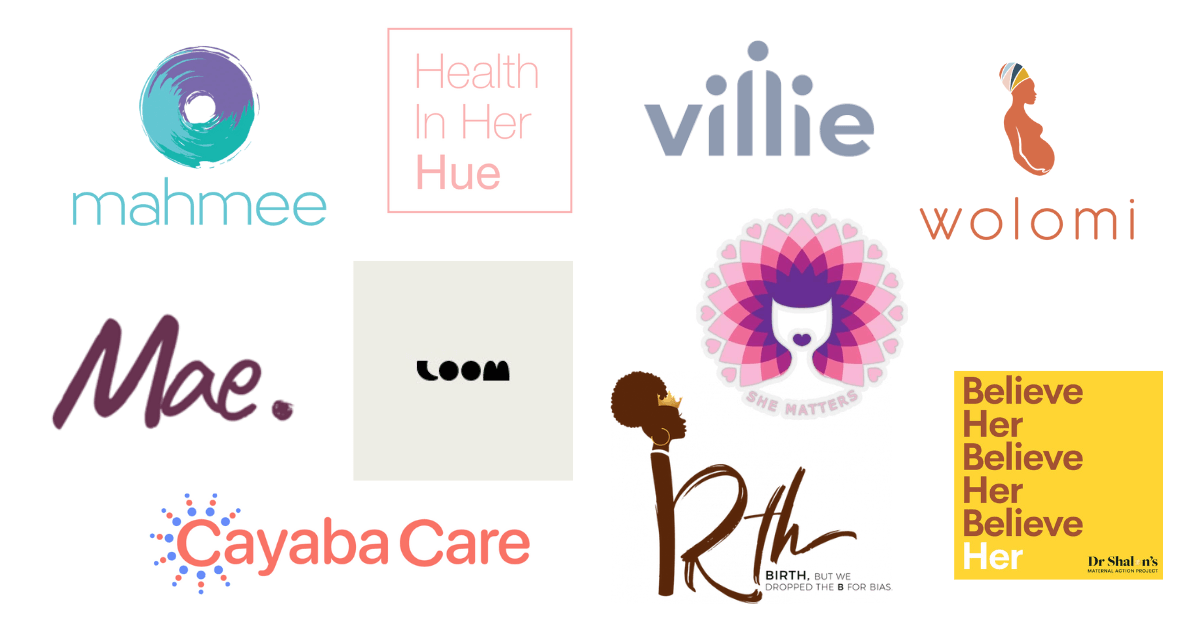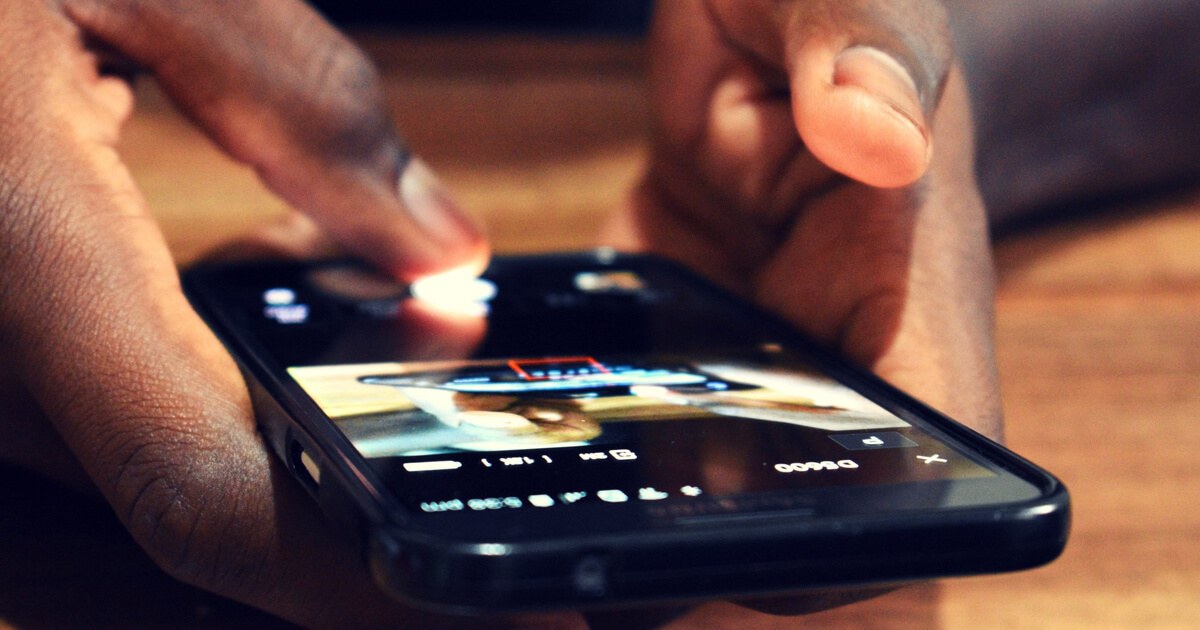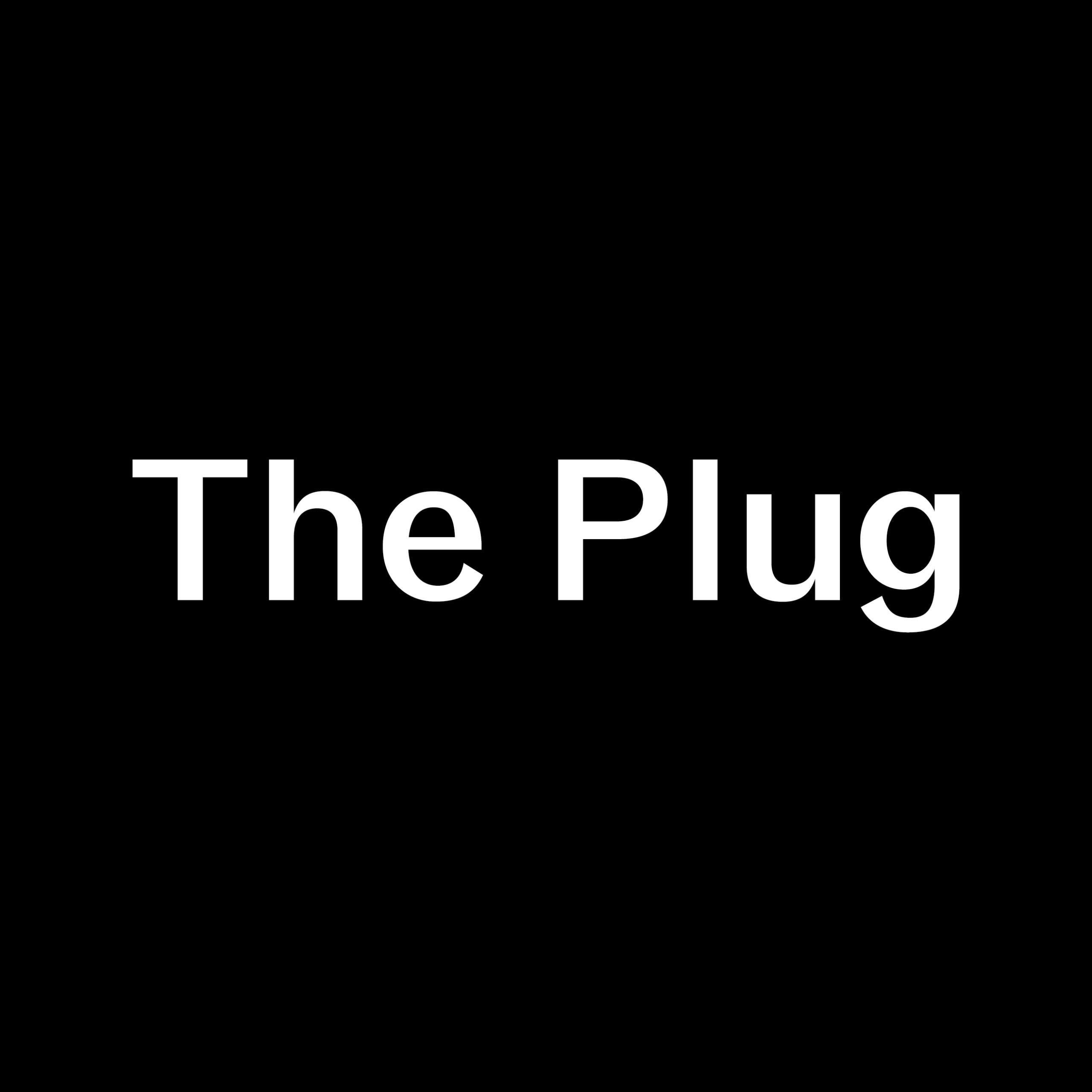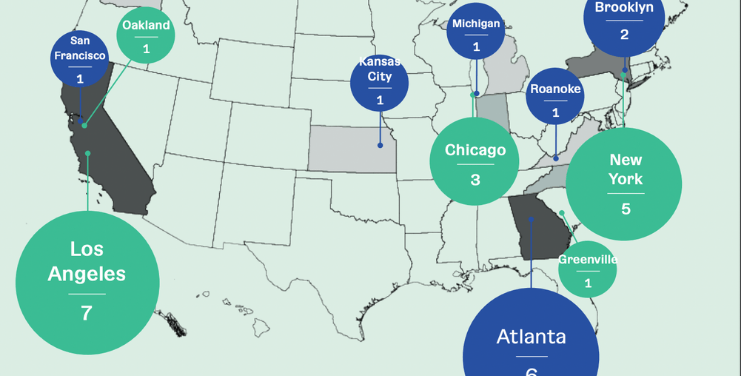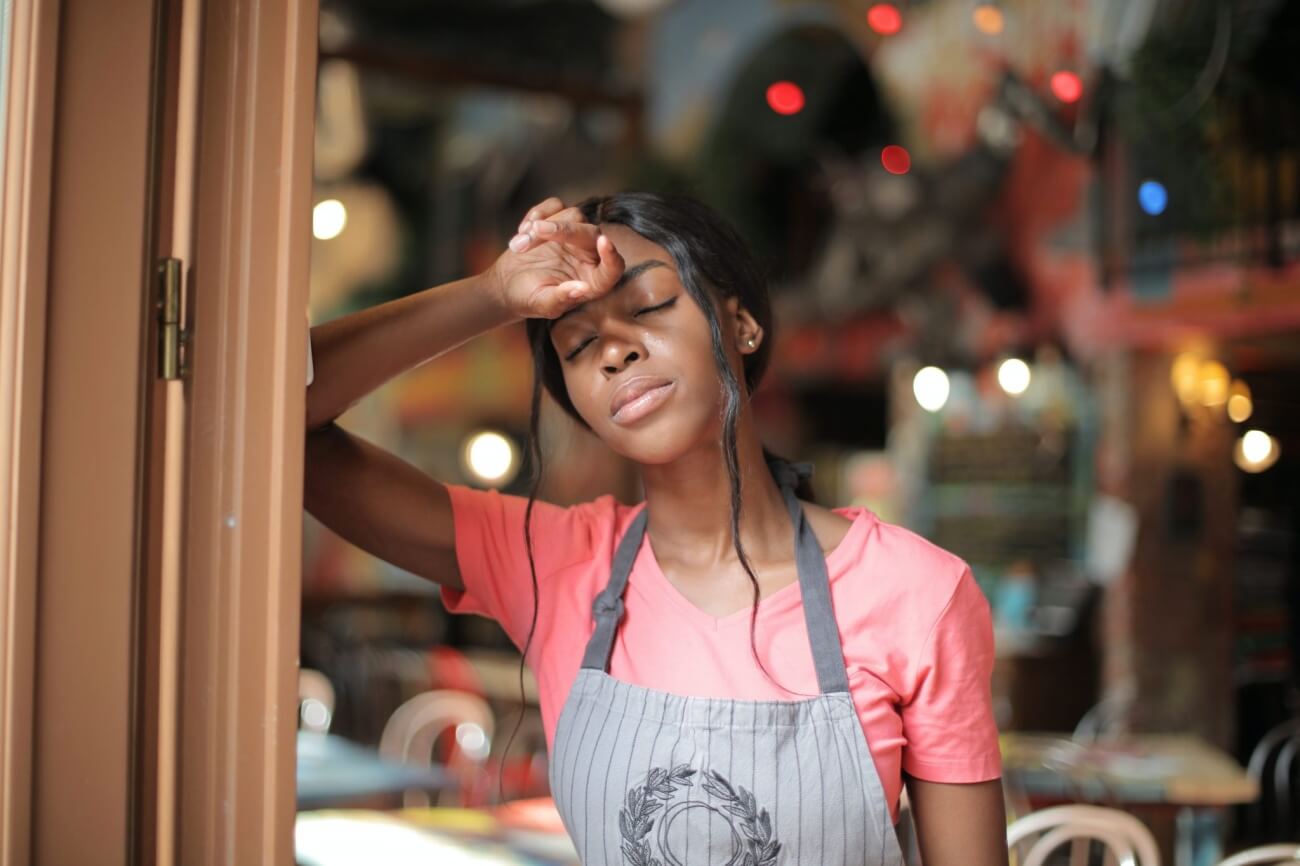Historically Black colleges and universities, the first of which was founded in 1837, were created as a haven for Black Americans whose access to higher education was regularly barred due to segregation and discriminatory practices. In recent years, however, these once thriving institutions have seen some setbacks. From the 1930s to today, the number of HBCUs have decreased from 121 institutions to just 102 as of 2017. And while the number of enrollees at HBCUs has grown, it’s been at a much slower rate than other universities; HBCU enrollees grew by 34 percent between 1976 and 2017 while other Universities saw a growth rate of 82 percent in the same time period.
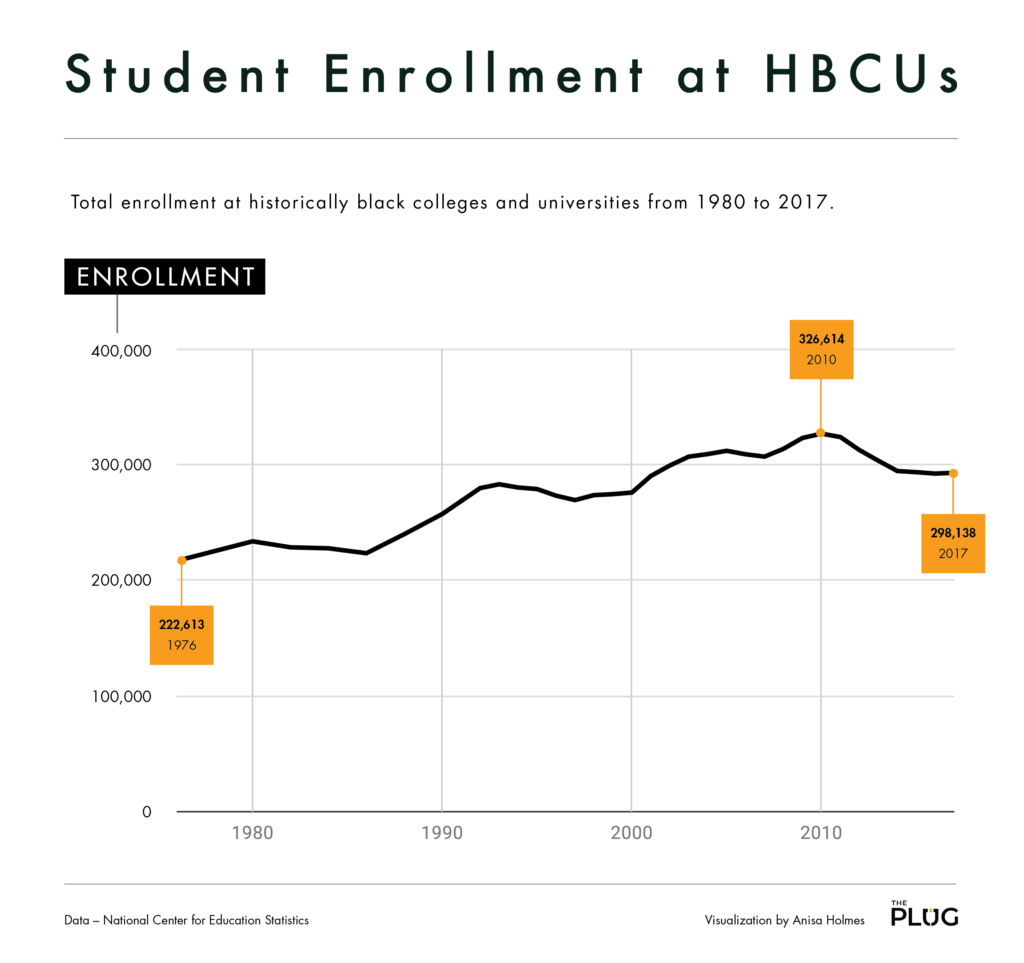
Rocked by diminished federal and state funding, reduced applicant pools, and dwindling endowments, many embattled HBCUs face an uncertain future.
To mitigate this unique set of struggles, HBCUs have long made attempts to diversify their means to gain financial security. One route to solvency is where patents and the pursuit of developing intellectual property come in. In 1980, the Bayh-Dole Act was passed allowing recipients of federal funding to own their inventions, whereas prior, any intellectual property made under the auspices of federal funding belonged to the government. This law led to a huge boom in Universities securing patents, which turned out to be a highly profitable undertaking. According to Bloomberg, in 1991 a total of 1,307 patents were issued to universities, generating a gross annual patent licensing revenue of $130 million. By 2014, there were a total of 5,898 patents producing $2.2 billion in revenue.
While the financial gains of patents are significant, the rewards are generally reaped by a few elite Universities. In 2017, The University of California Public School System had 524 patents, taking first place among universities granted U.S. patents. MIT came in second place with 306 patents, followed by the University of Texas with 219 patents. Patents are a powerful tool for building up a University’s reputation, securing ongoing funding, and enticing new prospective students.
While HBCUs have also jumped on the patent bandwagon, their numbers remain extremely low. A look at data from the US Patent and Trade Office show that between 1969 and 2012, HBCUs have only been granted a total of 101 patents. More than half of those patents were awarded between 2010 and 2012. Howard University, Morehouse School of Medicine, and Florida Agricultural and Mechanical University account for the most patents granted to an HBCU between 1969 and 2012, with 18, 17 and 16 patents, awarded respectively.
Our visualization plots the number of patents awarded to 19 HBCUs over this 40-plus year period. Reference our data table here.
This data is derived from the U.S. Patent and Trademark Office’s Directory of University Patents, which only includes patents where a University is listed as the first assignee.*
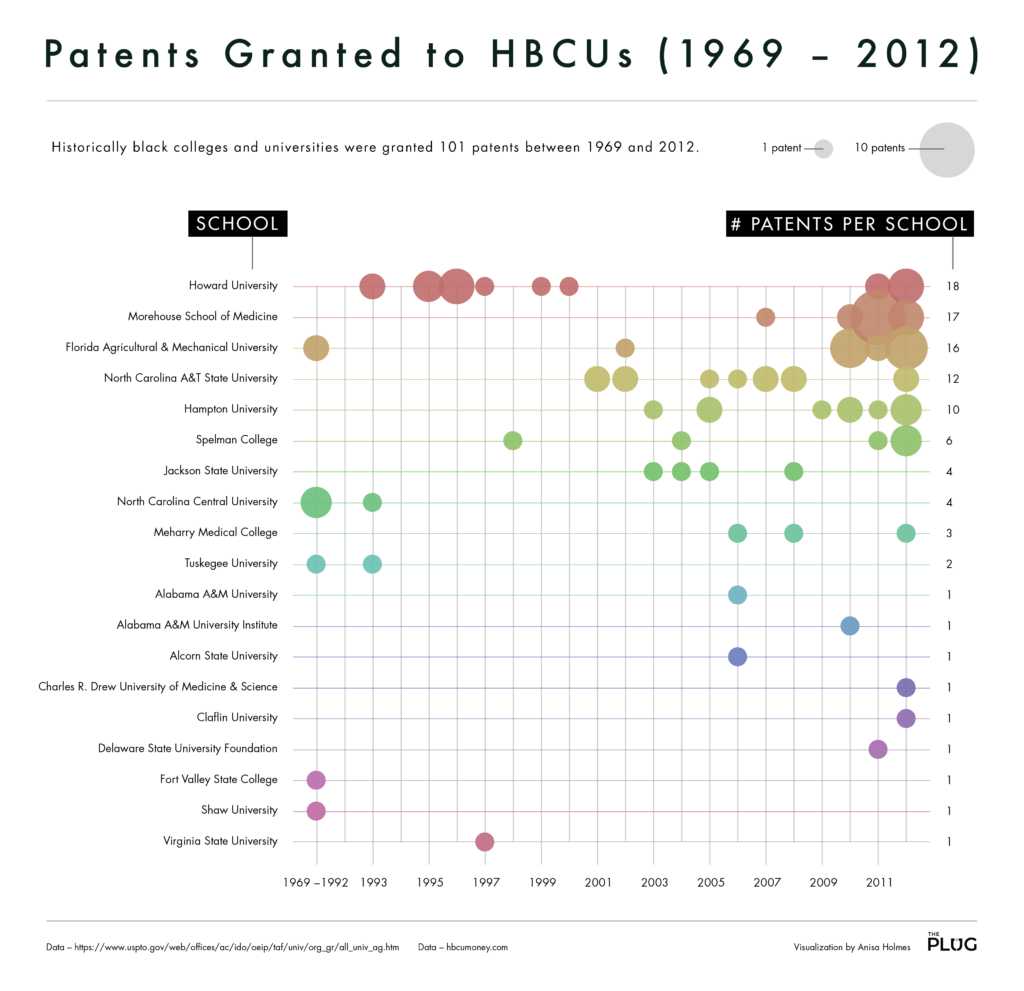
*Correction: The USPTO database of University patents only includes patents where the University in question is listed as the “first patent assignee” on the issuing patent at the time of patent grant. This excludes patents where Universities were listed as a secondary or tertiary assignee.
Stay tuned for our next data installment, where we’ll explore the grants and patents received by HBCUs from 2012 through present day.

